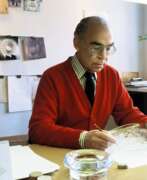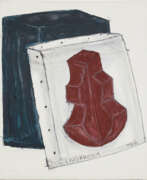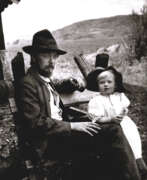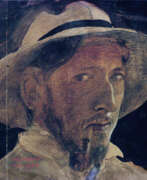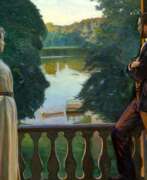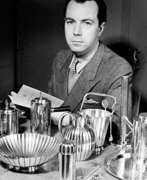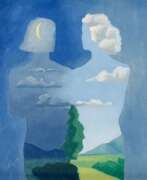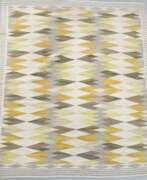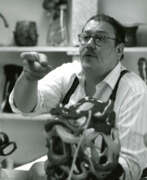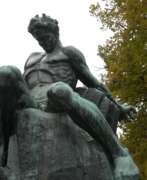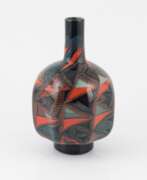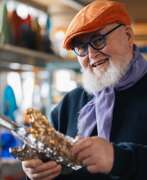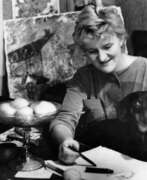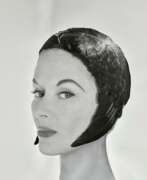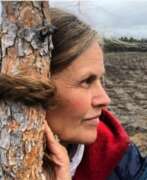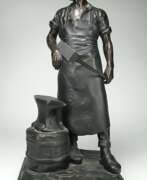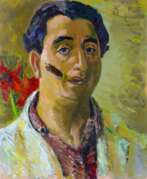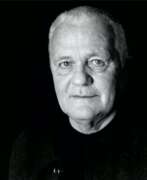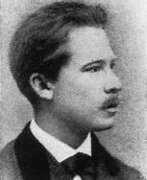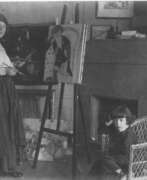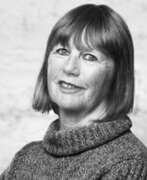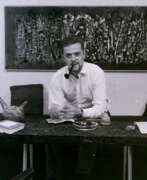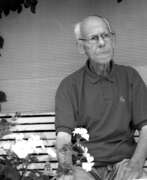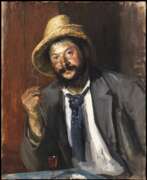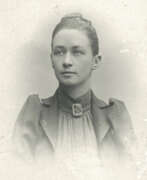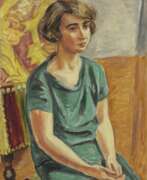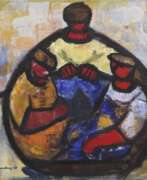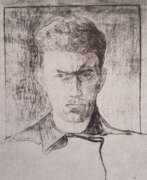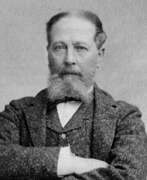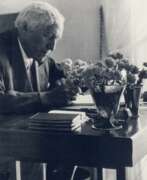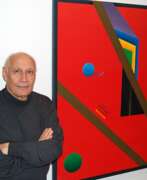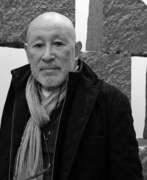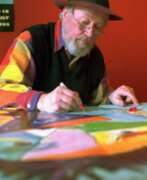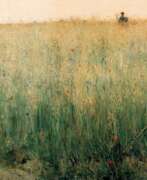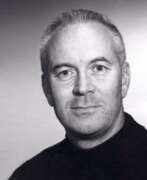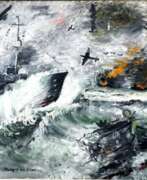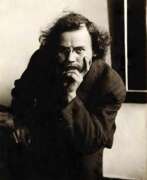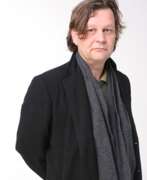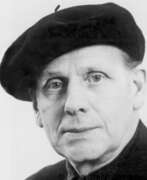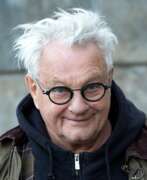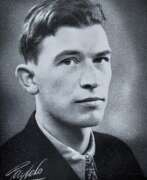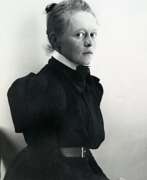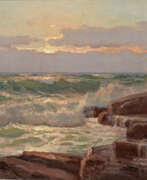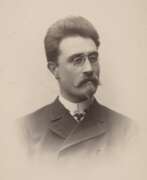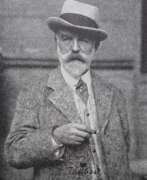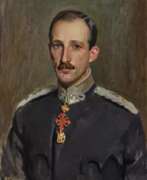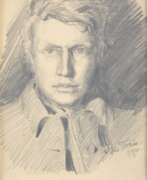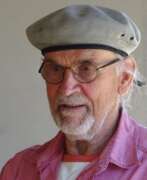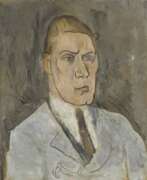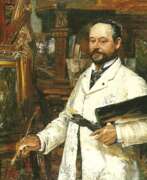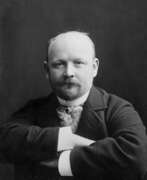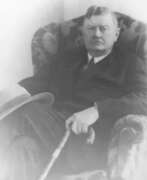Sweden 20th century


Erik Gunnar Asplund was a Swedish architect, mostly known as a key representative of Nordic Classicism of the 1920s, and during the last decade of his life as a major proponent of the modernist style which made its breakthrough in Sweden at the Stockholm International Exhibition (1930). Asplund was professor of architecture at the Royal Institute of Technology from 1931. His appointment was marked by a lecture, later published under the title "Our architectonic concept of space." The Woodland Crematorium at Stockholm South Cemetery (1935-1940) is considered his finest work and one of the masterpieces of modern architecture.
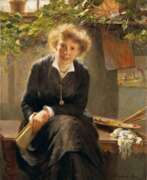

Jeanne Bauck, full name Jeanna Maria Charlotta Bauck, was a Swedish-German artist.
She studied painting in Dresden and Düsseldorf with the best teachers of the time. Later in Munich, Jeanne met the artist Berthe Wegmann, who became her friend. The emancipated women painted portraits of each other and exhibited their work in the Paris Salon. In 1882 Bauck opened a school for women artists in Munich and along with teaching painted landscapes, children's portraits.
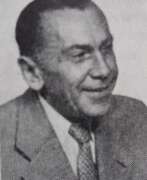

Adolf Konrad Walter Bock was a twentieth-century German painter. He is known as a marine painter.
Adolf Bock, as a sailor in the German Navy, in 1912 accompanied Emperor Wilhelm II on a voyage to the Mediterranean and received, as an artist, the support of the Kaiser. In the interwar period he carried out commissions for steamship companies, publishing houses and magazines. In Nazi Germany his work was also valued, and he received a professorship personally from Hitler. During the Second World War, the artist survived being on the port side of the sunken liner Wilhelm Gustloff and later created prints on the subject of the disaster.
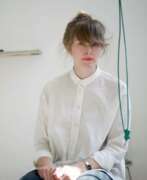

Nina Canell is a Swiss and German artist-sculptor and installer.
She was educated at the Dun Laoghaire Institute of Art, Design and Technology in Dublin, Ireland and lives and works in Berlin, Germany.
Nina Kanell creates sculptures and installations, preferring to work with ordinary objects such as old beams and pipes, cables and seeds, nails and glass jars. She performs physical or chemical experiments on them, transforms them into something new and explores their hidden potential.
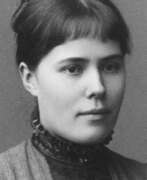

Elin Danielson-Gamboji, full name Elin Kleopatra Danielson-Gambogi, is a Finnish-Swedish artist.
She is a representative of the "golden age" of Finnish art in the period 1880-1910 and belonged to the first generation of Finnish women artists who received professional art education. Elin painted female portraits and genre scenes in the style of French realism and naturalism.
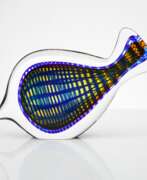

Hanne Dreutler is a German glass artist and designer based in Sweden.
Hanne Dreutler studied at the Graduate School of Art in Basel, Switzerland, after which she moved to Stockholm and studied at the College of Art. From 1966 to 1977, she worked as an independent silversmith in Stockholm and at the glassworks of Moleros and Flugsfors.
In the early 1970s Hanne Dreutler met Arthur Zirnsack (1944) in Kosta Boda, where they worked under the supervision of Vike Lindstrand. Dreutler and Zirnsack married, and in 1977 the couple opened their own glassworks, Studio Ahus, in Ahus in southeastern Sweden, continuing the renowned tradition of Scandinavian glassmaking. After Hanne Dreutler's death, Studio Ahus continues to operate under the management of their son Martin Cirnzak and Lennart Nissmark.


Natalia Edenmont (Russian: Наталия Эденмонт), born Natalie Nicole Edenmont (Натали Николь Эденмонт), a Swedish-Ukrainian photo-based artist, has been carving a unique niche in the world of art since her move to Sweden from Yalta, Crimea, in 1991. Born in 1970, Edenmont's journey in art began with her studies at the State Art School of Kiev and continued at Simferopol State Art School in Crimea. Her talent and passion for art took a new direction at Forsberg’s International School of Design in Stockholm, Sweden, where she studied graphic design.
Nathalia Edenmont's work is a reflection of her personal experiences and inner visions. She is renowned for her distinctive approach to creating art, which involves visualizing the images in her mind in their entirety before capturing them. This meticulous process is evident in her stunning portraits of women adorned in dresses made of fruits, flowers, and even shimmering beetles, showcasing a blend of the natural and the fantastical.
Her portfolio is diverse, including the use of dead animals and animal parts in her photographs, a practice that might be controversial but is deeply symbolic. These creations are more than just visual spectacles; they are narratives of life, death, and the unspoken stories of nature.
Nathalia Edenmont's art has gained international recognition, with exhibitions held in prominent cities like London, New York, Berlin, and Moscow. Her works have found a place in both private and public collections globally, including esteemed institutions such as the Modern Museum in Stockholm, the Miami Art Museum, and the Moscow House of Photography Museum.
For collectors and art experts, Nathalia Edenmont’s works offer a glimpse into a world where art intersects with personal experience, nature, and introspection. Her unique vision and masterful execution make her pieces a valuable addition to any collection that seeks depth and a touch of the surreal.
If you are an enthusiast or collector of contemporary art and wish to stay updated on Nathalia Edenmont’s works, exhibitions, and sales, consider signing up for updates. This subscription will keep you informed about new opportunities to explore and acquire pieces from this remarkable artist's collection.
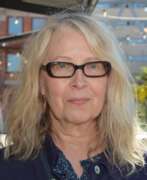

Ellen Kristina Abelli Elander is a Swedish artist, illustrator and sculptor.
She was educated at Birkagårdens folkhögskola and at the beginning of her artistic journey she was interested in the monstrous and the morbid, the grotesque and the cannibalistic. Later on the figure of the Alien appears and becomes central in Elander's works, participating in human life in one way or another.
The artist uses painting, drawing, textile sculpture and ceramics to express her ideas, creates spatial installations, and also draws comics.
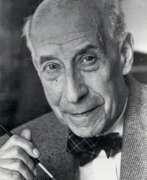

Joseph Frank was an Austrian and Swedish architect of Jewish origin. He worked with Oskar Strnad and was associated with the Vienna Circle. In 1933 he moved to Sweden, where he worked for the design company Svenskt Tenn for the rest of his life. In 1965 he was awarded the Grand Austrian National Prize for Architecture.
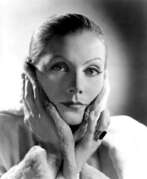

Greta Garbo, born Greta Lovisa Gustafsson, is a Swedish and American actress.
Greta was born into a poor family and early went to work - in a beauty salon, salesman, modeling for photos in local advertising magazines. And also studied at the drama school of the Royal Stockholm Drama Theater. The girl was noticed by agents, invited to a cameo in the movie "Peter the Tramp" and soon she became a star of silent movies in Sweden and Germany. In 1923, she changed her last name to Garbo. It was at this time that she caught the eye of Hollywood mogul Louis B. Mayer, who signed her to a one-year contract with MGM. Her first American film role was in Torrent (1926), followed by The Temptress (1926), which brought Garbo stardom.
Garbo was the highest paid actress of the pre-war era. Greta's talented and dramatic performance brought her worldwide fame and the title of one of the best actresses in Hollywood history. Anna Karenina and Mata Hari are two of the most significant roles of the actress. When the era of silent movies ended, a languid low voice with a slight hoarseness became a trademark of Garbo. For his contribution to the development of cinematography in 1954, Garbo was awarded an Oscar.
The life of Greta Garbo is still shrouded in mystery and myths. She was silent, preferred privacy and therefore was surrounded by an atmosphere of mystery. But under the outer facade of aloofness beat sensitive and passionate heart. Greta was a style icon of her time, she was imitated and envied by the stars of Hollywood.
After the outbreak of World War II in 1941, Greta Garbo never returned to the big movie, only sometimes playing occasional roles in small pictures. After the war, she returned to America and lived in seclusion in New York City for another 50 years. She did not give interviews, avoided reporters and went out on the street only when necessary and with dark glasses.
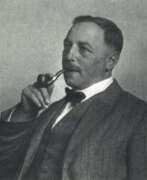

Thomas Theodor Heine was a German-Swedish artist of late nineteenth and early twentieth centuries of Jewish origin. He is known as a painter, draftsman, illustrator and writer.
Heine co-founded the popular German satirical weekly Simplicissimus, where he printed his drawings and caricatures. He also collaborated with the magazines Flying Pages and Youth, illustrated books, and created advertising posters and erotic drawings. After the Nazis came to power, the artist fled to Sweden, where he obtained citizenship. His works were presented at a retrospective anniversary exhibition in Stockholm in 1947, a year before Heine's death.
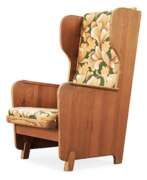



Olle Hjortzberg, or Gustaf Olof Hjortzberg, is a Swedish painter, illustrator, and designer.
He studied at the Swedish Royal Academy of Arts, then traveled to Palestine, Syria and Greece.
Hjortzberg is known primarily as the author of colorful floral still lifes, but he also painted St. Katharina's Church in Stockholm and the cathedral in Uppsala and was a professor at the Royal Academy of Fine Arts. The artist illustrated the Bible and drew posters and stamps.
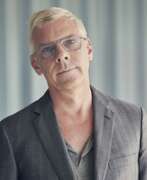

Karl Holmqvist is a Swedish artist known for his text based works, poetry and readings. Holmqvist has exhibited at the ICA — Institute of Contemporary Arts 2009, CAM — Chelsea Art Museum, 2009, The Living Art Museum, Reykjavik (2008), Tensta Konsthall (2008) Manifesta 7 — Comitato Manifesta 7, Bolzano (2008) and at PERFORMA 05 — Performa, New York City, NY (2005).


Kerstin Hörlin-Holmquist was a Swedish modernist architect and designer known for her contribution to the furniture field. Her designs were often characterised by clean lines, organic forms and an emphasis on comfort and functionality.
Kerstin Hörlin-Holmqvist also created textiles, ceramics and glasswork, often collaborating with renowned Swedish manufacturers. Her work has been exhibited internationally and critically acclaimed for its innovative approach and timeless appeal.


Olaf Jordan was a German and Swedish painter of the first half of the twentieth century. He is known as a portrait painter.
Jordan was attached as a war artist to the collaborationist SS Cossack Cavalry during World War II and created many portraits of Cossacks. Some of his work was confiscated by the Americans, who judged the drawings to be apologia for the Nazi regime. Jordan himself remained in Soviet captivity until 1947, after which he moved to Sweden, where he painted mostly portraits of children. Before the war, he worked on a series of depictions of Yugoslav folk types.


Nils Landberg is a Swedish glass artist.
He studied at the Göteborg Handicrafts Society School, then worked at the Orrefors glassworks, first as an engraver and since 1936 as a designer.
Landberg is known to the general public for his fine, elegant glassware and art glass. His most famous works are Tulip and Twilight. Landberg's works can be found in many public buildings throughout Sweden and are represented in several museums in Sweden, Germany and the USA.


Bo Christian Larsson is a Swedish and German artist living and working in Berlin and Ragnarby, Sweden.
Larsson trained at the AKI Academy of Visual Arts in Enschede, Holland, working mainly with large drawings, installations, performances and objects.
The intersection of the intellectual and the primal has always been at the heart of Bo Christian Larsson's practice. He is fascinated by the wild, the raw combined with using the potential of this energy to share it without causing harm or destruction. Quite interesting in this sense are his massive sculptures-lights that are composed of wood, horns, fur, concrete, marble, steel, glass, shells and various other materials.


Lotte Laserstein was a German-Swedish artist and a prominent representative of German realism.
Lotte was a student at the prestigious Berlin Academy of Fine Arts and became an accomplished realist painter, receiving a gold medal from the Academy for her work. Her first exhibition took place in 1930 at a Berlin gallery. Laserstein worked partly in figurative painting, had apprentices, and illustrated anatomy texts to earn money. She also painted portraits of cosmopolitan, emancipated women as well as self-portraits.
The National Socialist regime forced the artist to leave Germany in 1937 and emigrate to Sweden. Her mother died in a concentration camp. Lotte Laserstein lived in Stockholm until the end of her life, creating over five decades of work, in addition to expressive self-portraits, many moving images of other immigrants, rural landscapes and urban scenes in Sweden.
Lotte Laserstein became a member of the Swedish Academy of Fine Arts and earned a reputation as a popular and respected portraitist. She has approximately 10,000 works in her oeuvre.


Torborg Lindberg-Karlsson is a Swedish artist and sculptor.
She created wood-carved and painted sculptures depicting people in Nordic costumes, mostly from the Sami culture. She also carved church jewelry and utensils.


Tyra Carolina Lundgren was a Swedish painter, ceramist, glass and textile designer, and writer. One of the most versatile artists and modernists of the 20th century, Lundgren was the first woman to design glass for Paolo Venini, and emerged as a pioneer of the Swedish Grace style. In 1950, she was awarded the Swedish royal medal Litteris et Artibus in recognition of her artistic career.
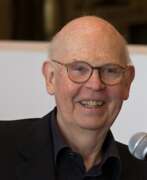

Claes Oldenburg was a Swedish-born American sculptor, celebrated for his groundbreaking contributions to the field of public art and sculpture. With a career spanning over several decades, Oldenburg redefined the boundaries between sculpture and everyday objects, bringing a whimsical yet profound commentary on consumer culture and the urban environment. His talent for transforming the mundane into the monumental made his work not only iconic but also a vital part of the conversation about the role of art in public spaces.
Oldenburg's sculptures are characterized by their colossal scale and imaginative designs, often inspired by everyday items. Perhaps his most famous works include "Clothespin" in Philadelphia and "Spoonbridge and Cherry" in Minneapolis. These pieces are emblematic of his unique approach to sculpture, where familiar objects are reimagined in unexpected contexts, challenging viewers to see the world around them in new ways. His ability to blur the lines between art and life, combined with his playful exploration of form and material, has left an indelible mark on the art world.
For collectors and experts in art and antiques, Oldenburg's works represent not just significant artistic achievements but also compelling investments. His sculptures and installations continue to be celebrated in museums and galleries worldwide, testament to his enduring influence and relevance in the contemporary art scene. For those interested in the intersection of culture, art, and urban life, Oldenburg's legacy offers rich insights and inspiration.
To stay informed about new product sales and auction events related to Claes Oldenburg, we invite you to sign up for updates. This subscription service is designed for collectors and art enthusiasts eager to keep abreast of the latest developments and opportunities in the world of art and antiques. Join us in exploring the remarkable contributions of Claes Oldenburg to the art world.
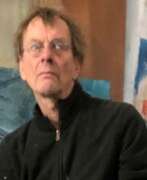

Thomas Ritter is a German abstractionist painter and graphic artist working in Germany and Sweden.
Ritter is known for his abstract paintings with figures blurred in space and blurred in color, which generally create an impression of mystery and understatement of the world around him.


Magnus Thoren is a Swedish artist living and working in Oslo, Norway and Berlin.
Thorén is an artist of great stylistic diversity, he combines many different techniques in a uniquely inventive modern painting. He switches easily between figurative, abstract and monochrome compositions. Thoren's enormous gray monochrome works are impressive illustrations of how to create high-level energy using almost only one color.
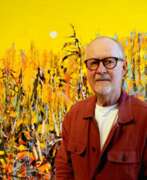

Björn Wessman is a Swedish painter and graphic artist who lives and works in Stockholm.
He was educated at the Royal Institute of Fine Arts. Since childhood Wessman was interested in nature and, of course, the main theme of his work from the very beginning was landscape painting. But these landscapes are special - they are so saturated with color that they seem to glow and burn, and are often accompanied by text. The artist's paintings show magnificent panoramas of Swedish mountains and French vineyards, swamps of Swedish forests and the neighborhood of the studio.
Björn Wessman is today one of Sweden's most prominent contemporary artists. His work is represented in the Royal Palace and the Contemporary Museum in Stockholm, the Gothenburg Art Museum, the Malmö Art Museum, the Umeå Museum of Paintings and the Norrköping Art Museum.
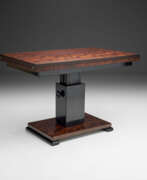

Otto Leonard Wretling (Swedish: Otto Leonard Wretling) is a Swedish visual artist, architect, designer and furniture manufacturer.
In 1928, the carpentry company Otto Wretling was chosen as the Royal Court Furniture Supplier by King Gustav V.
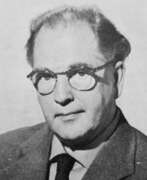

David Wretling is a Swedish sculptor.
Son of the famous furniture manufacturer Otto Wretling, in his youth he also made piece furniture. Studied sculpture under the tutelage of Carl Milles. Also studied in Italy and France. He worked on a number of important Swedish churches, including St. George's Church in Stockholm. He is the author of urban sculptures installed in various Swedish cities.
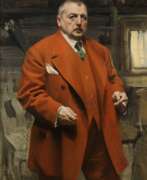

Anders Leonard Zorn was a Swedish painter, graphic artist, photographer and sculptor.
Zorn studied at the Stockholm Academy and then traveled extensively throughout Europe. After working in England, France and the United States, he returned to Mora in 1896. Zorn painted landscapes and portraits in watercolor and oil, and became known mainly for original salon painting and secular portraiture. Among his models were King Oscar II of Sweden, U.S. Presidents Grover Cleveland, William Taft, and Theodore Roosevelt. Through his work, Anders Zorn gained a reputation as one of the best genre painters and portraitists in Europe at the end of the 19th century, whose talent lay in his perceptive ability to convey the individual character of the model. At the age of 29, he was awarded the title of Chevalier of the Legion of Honor at the 1889 Universal Exposition in Paris.
Zorn also worked in etching, using the technique of drawing parallel lines across the plate; he was also a sculptor. Anders Zorn also amassed a significant art collection, which he bequeathed to the Swedish state. At the end of his life in 1920, he established the Swedish Bellman Prize for Literature.




